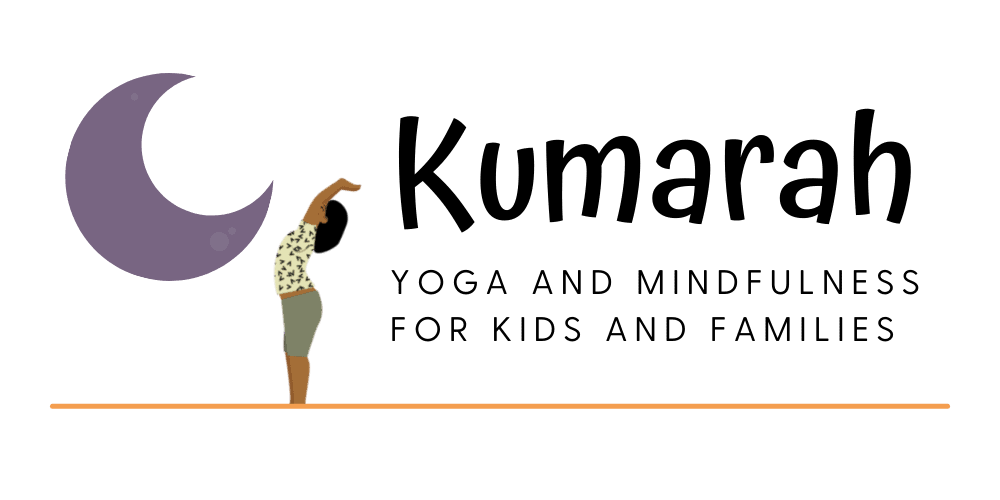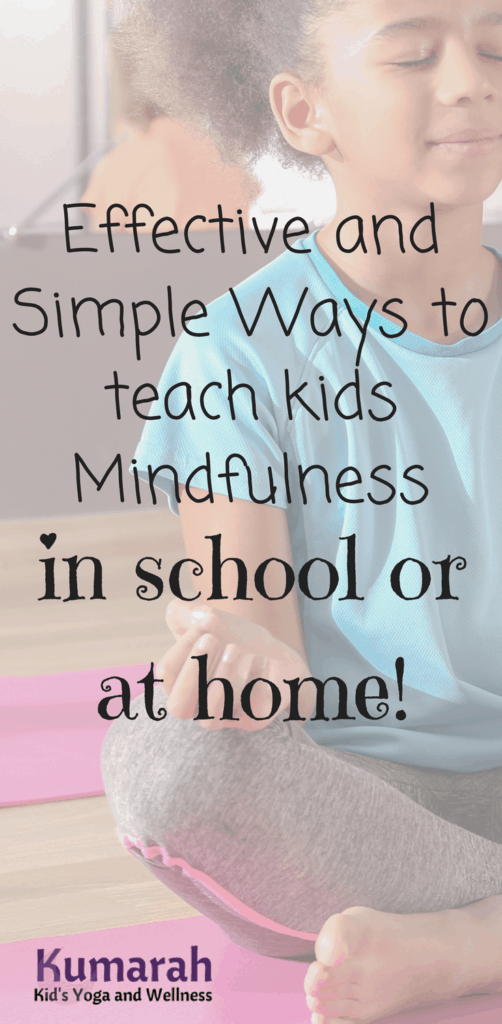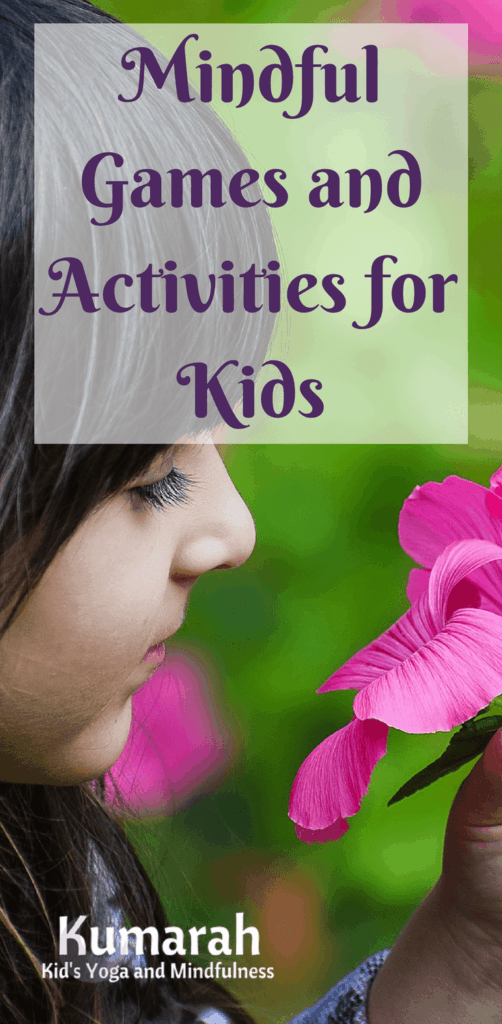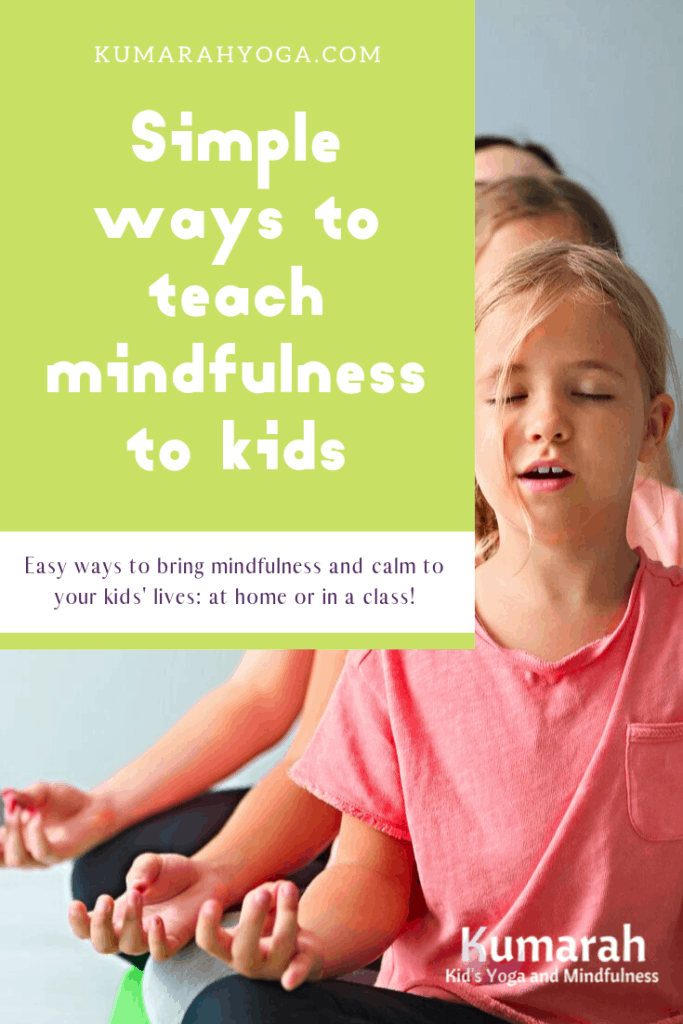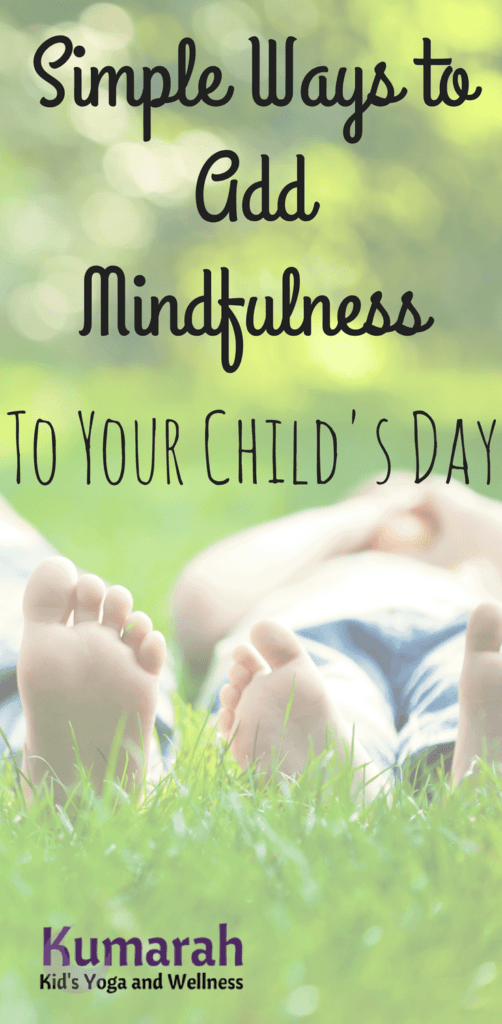Simple mindfulness activities can be a key tool in the life of an anxious person or child.
Honestly, they are helpful in an average person’s life, too!
There are many ways to practice meditation and mindfulness. There are courses you take, retreats to go to and books to read.
But if you don’t have the time? If you aren’t sure you want to sit silently for 10-20 minutes a day, and can’t imagine a time when your kids might too?
To be honest, kids don’t often jump right into several minutes of quiet meditation practice (adults rarely do, either).
It helps to start with other options.
So, if you are just starting out a mindfulness practice with kids, you might want to start with some simple mindfulness activities.
It also helps to think about changing your language to be more mindful, too.
Using more mindful might mean you become a bit more mindful, as well.
You say fewer words, you say words with descriptive adjectives, and you say things that bring intention to your life.
If you’re interested in bringing more mindful language to your teaching, check out the Bonus that comes with the Kids Yoga Poses for the Perfect Yoga Flow.
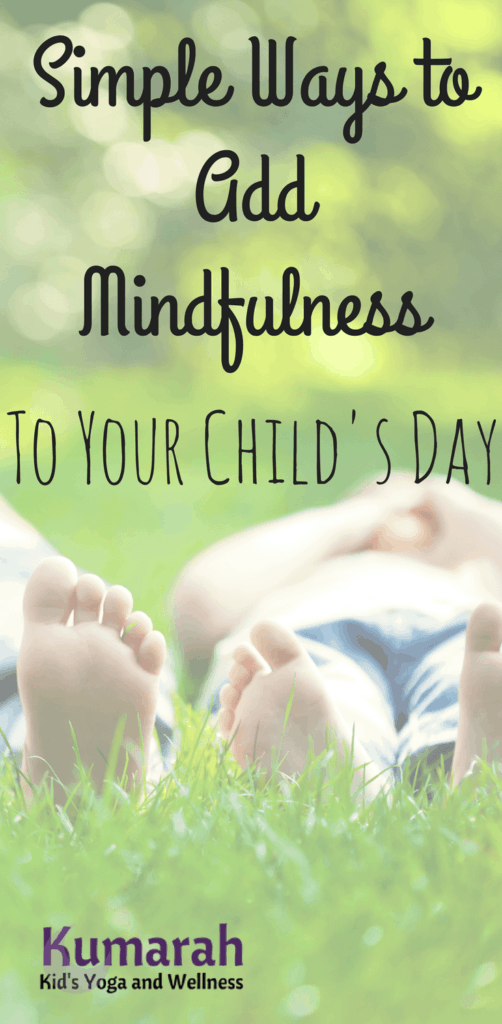
Here are some ways I practice mindfulness with my kids in my classroom every day.
Mindfulness has helped them to become aware of themselves and their emotions. My kids have also started to notice their surroundings and others around them as well.
As their teacher, I like that they can sit quietly and listen. But, I also want them to be kids and use their mindfulness in creative and useful ways.
Play the listening game
I start each class with child’s pose and then ring a bell called a singing bowl. This one is good, and this one is really nice.
With a true singing bowl, the sound reverberates for many seconds and just gets quieter and quieter. The kids listen to it and stay quiet the whole time (that took practice).
It’s a great way to start learning how to listen mindfully to people, too.
Then, some days we play The Listening Game. The kids are directed to listen for all the sounds they can hear.
This includes sounds outside, in another classroom, or within the room for a certain amount of time.
If they hear something, they put a thumbs up on their knee until I tell them to raise their hand and share (after 30-120 seconds).
I also occasionally ring the bell at other times during the day for them to stop what they are doing and listen. It’s a beautiful sound that just helps them tune in (literally) and pay attention.

Practice child’s pose, with breath
Every child who comes into my class immediately starts out in child’s pose. Their job is to stay in child’s pose and do some deep breathing as I walk around the class and rub their backs. (This is optional, they can choose to have me not rub their back).
As I walk around, it is silent and I model some deep breaths to encourage them. With reminders, they can stay in child’s pose and practice breathing for at least a minute or two.
It keeps them focused on themselves and helps them forget about what happened before they arrived.
Practice mindfulness breathing by itself
We do breathing exercises with a Hoberman sphere every day after listening to the bell. I have taught my students all kinds of options for how to breathe and use their body or hands to help them stay engaged.
Get a free set of kids mindfulness breathing cards here to help practice some fun techniques 🙂
Do an emotional/physical check-in
I will often ask my kids to do a “Fist to Five” check in as a class if I can’t quite gauge how they are feeling. 0 fingers up (fist) is low energy, maybe sad or sleepy. 5 fingers up means they are very high energy, excited, anxious, or jittery. 3 is doing fine and content.
If done consistently, they start to become more aware of how they are feeling, and perhaps why.
There are other ways to show or check in with feelings, including something called the Zones of Regulation. Some of my students use this with other teachers and they can identify what “color” they are feeling. Then they can work on figuring out what to do from there to get back into the “green zone” for learning.
Play “I Spy…” with very specific descriptors
Say, “I spy with my little eye…. something________.” Describe something with a few details: color, size, shape. Then tell them they only have a certain number of guesses.
Make sure they look all around the room and think carefully before blurting out, as they will only have a few guesses before you tell them.
Play “Think of 5 ______”
Tell your child (or students), that they will have one minute to think of 5 different specific things according to your prompt. They can do it in their mind, or they can write them down, or draw a picture.
Examples: Think of 5…
- items in your backpack
- things in your room
- people who make you smile
- of your favorite foods
- objects you would find on a playground
- things that are green… etc.
Mindfulness in the form of creative thinking is a good way to give kids’ brain a break and also helps boost their imagination.
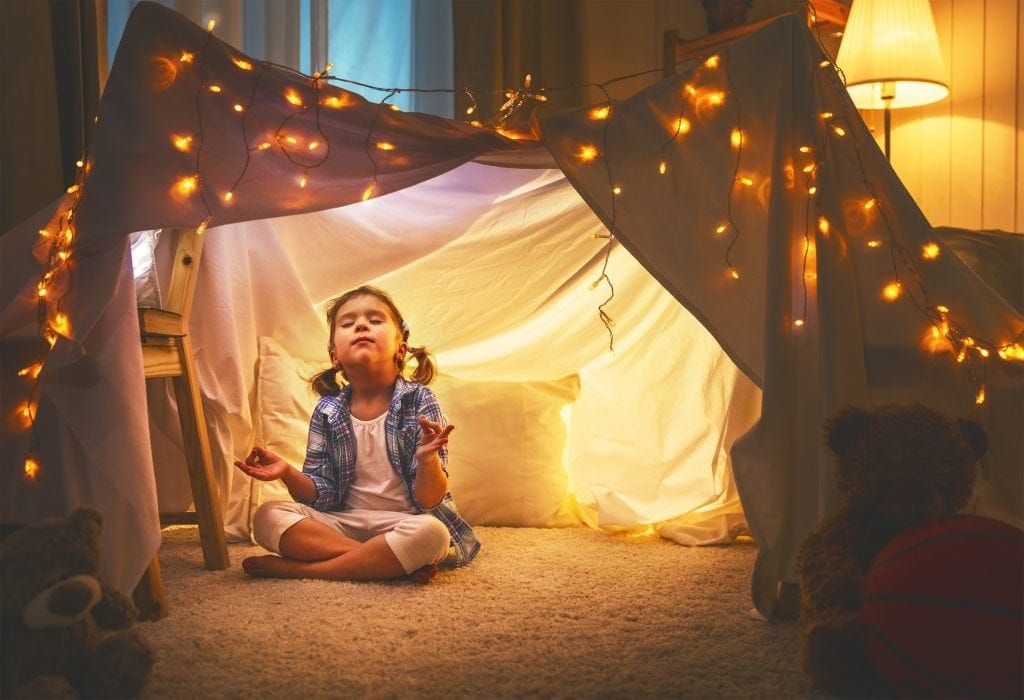
Change your language to be descriptive, but neutral.
Use the phrase “I notice _______” to describe all behaviors. Noticing positive behaviors is very helpful in suggesting to other kids that they should try something. I often say, “I see Emma has her eyes on me. That shows me she’s listening.” “I notice five friends helped pick up books, even though they weren’t theirs.”
Noticing unwanted behaviors or situations can also be effective: “I notice there is still a book on the floor. That makes me worry it will get stepped on.” Or, to bring in emotional awareness, tie ‘noticings’ to an expression and action.
“I notice your mouth is frowning and your arms are crossed. That makes me think you are angry…” Then let them talk, or tell them what YOU do when you are angry, ie: take deep breaths, go for a walk, talk about it, etc.
All of these are some basic building blocks for creating a practice of mindfulness with your kids. It’s important to try a few and see what works, then do them consistently.
It’s important to try a few and see what works, then do them consistently.
With practice, your kids will get better at noticing their feelings, being mindful of their surroundings, and even paying attention to what others want or need as well.
I want my students to be mindful, and good members of their community.
I hope that they learn mindfulness in order to be thoughtful and aware, but my ultimate goal is not for them to sit silently for 10 minutes every day thinking about their existence.
My goal is to help them be good people.
Good to themselves, mindful of what they need, and mindful of how they can be impactful to the wider world.
Check out these other popular posts I have on teaching mindfulness to kids here:
- The Most Fabulous Books for Teaching Mindfulness to Kids
- How to Calm a Class (or a Child) Using Mindfulness
- How to Use Easy and Calming Guided Imagery with Kids
What other ways have you found to add simple mindfulness activities into your day with your kids? Comment below!
